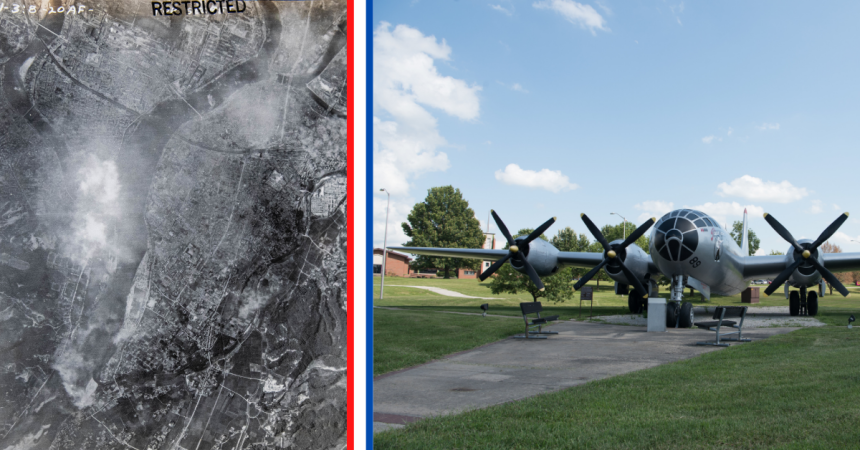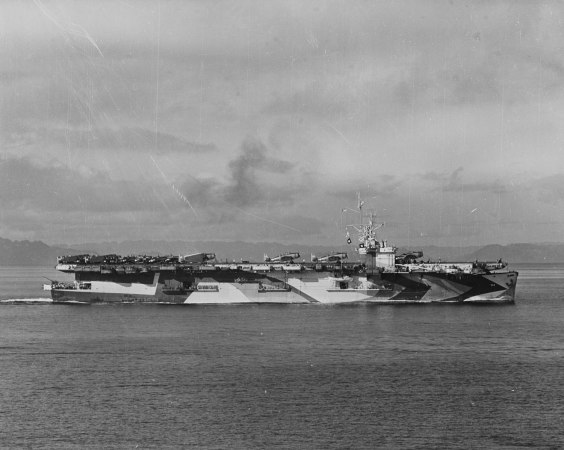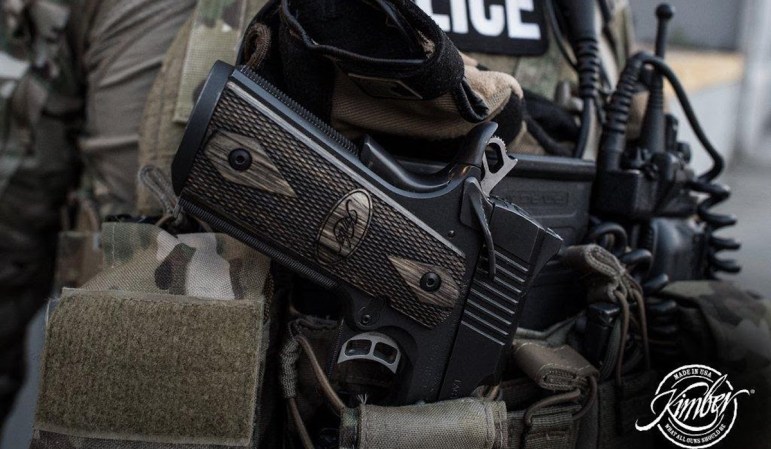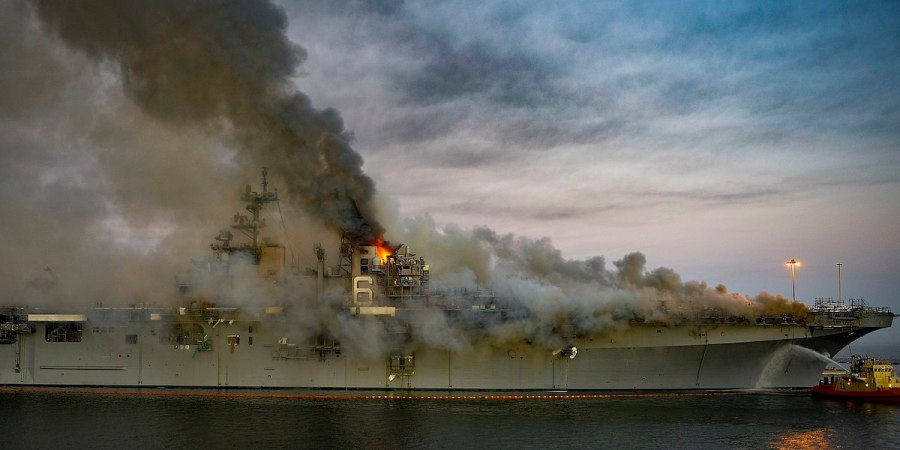The Second World War saw the creation, fielding, and use of some of the most powerful weapons. From massive battleships armed with guns that will never again be matched in size to the atom bomb, these weapons were built to cause shock and awe and bring about destruction like we’ve never seen. England’s legendary “earthquake bombs,” or seismic bombs, were one such invention.
Barnes Wallis was an engineering graduate of the University of London and an incredibly creative mind. Well known for his bouncing bomb of Dambusters fame, Wallis was an integral part of British and Allied war machine programs, churning out improvements in aircraft and munitions design. He came up with the concept of the earthquake bomb in the early years of the War.

These bombs arose out of a need to hit “hardened” targets — reinforced structures designed to withstand heavy bombardment — and underground installations. Before the deployment of the earthquake bomb, these targets were, in theory, impenetrable.
Wallis took their impregnability as a challenge.
At the time, area bombing was the prevailing method employed by Allied forces to hit German targets in the European Theater. Large cells of bombers would drop hundreds, if not thousands, of bombs with the hope that at least a few would hit their mark. This did little to destroy or even inflict damage upon hardened targets.
Instead, Wallis hypothesized that the ideal way to take out these structures and military installations was with an accurate, concentrated attack using a smaller number of extremely powerful munitions.
Speed and momentum would be the new bomb’s method of penetration. Extremely heavy and built with an armored casing and guiding fins, once dropped from its bomber, the munition would reach near-supersonic speeds as it hurtled toward the ground. This force would be more than enough to punch through the layers of thick concrete used by German military engineers to protect their facilities.

After boring through the ceiling of its target, the seismic bomb would fall as far as its momentum would take it. Only then would it detonate, giving whoever was inside or nearby a glimpse of utter hell. Aircrew who dropped these bombs reported that, at first, it looked as though the bomb merely punched a hole in the target. Within seconds, entire targets seemed to crumple in on themselves and fall into a sinkhole.
When the seismic bomb detonated deep within its target, the shock waves from the gargantuan warhead didn’t just obliterate anything nearby, it destabilized entire structures, shaking and moving the very earth beneath them, destroying and collapsing their foundations. Soon, a new term for these weapons would surface — “bunker busters.”
The Royal Air Force fielded two types of seismic bombs over the course of the Second World War — the Tallboy and the Grand Slam. Both were used against submarine pens, factories, and underground German bunkers to great effect. The US Army Air Force followed suit not too long after with similar bombs of their own. Tallboys were famously used to disable and sink the legendary Bismarck‘s sister battleship, the Tirpitz, in 1944.


















